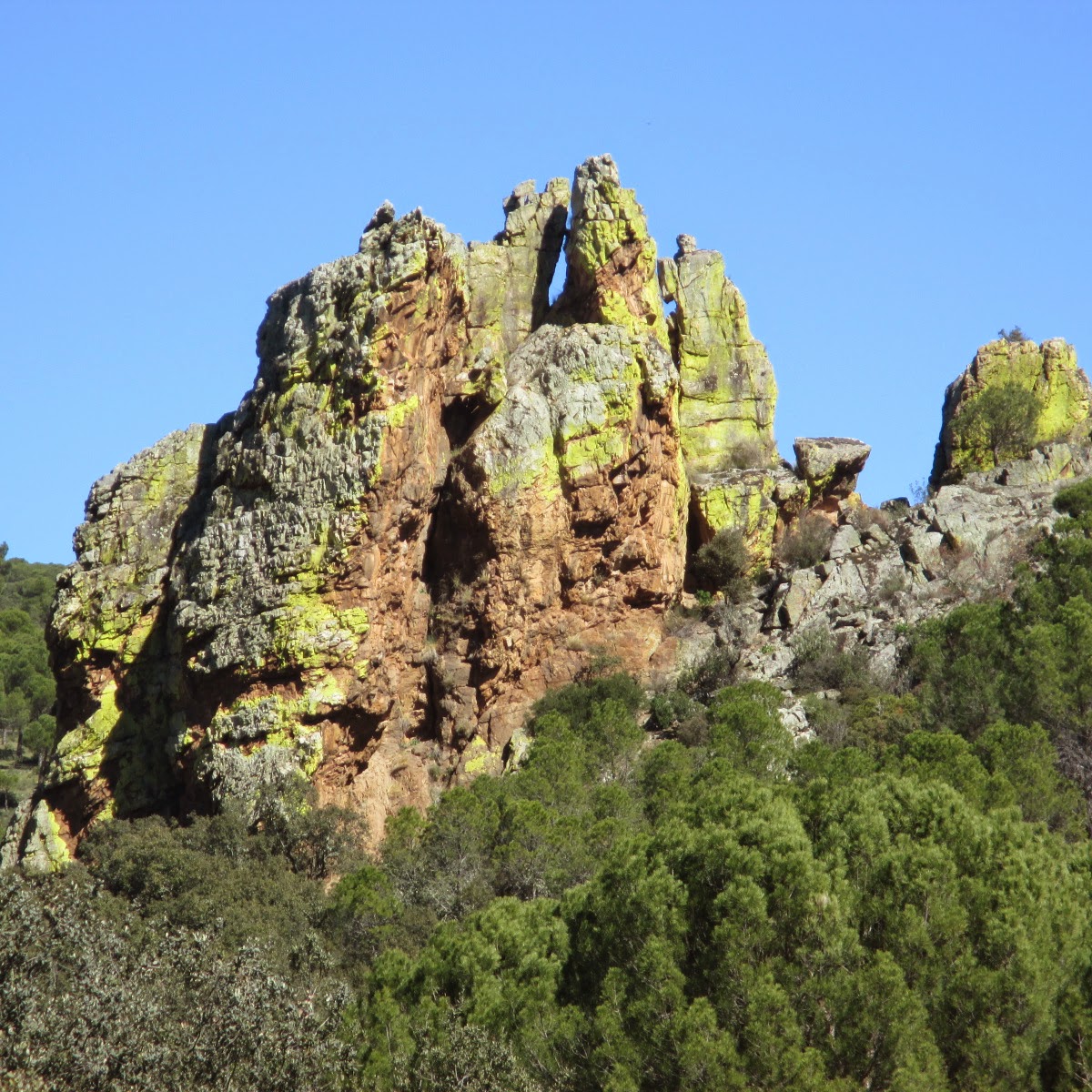Our favourite Sunday walk ending up in the charming bar at Salvatierra de Santiago.
This was a beautiful sunny day only last Sunday, since then it's been rather wet, unusual in May but we will do the walk again this Sunday, the waterfall from the weir must be spectacular after all the recent rain. Absolutely love this walk, the bird life is wonderful, full of bee eaters nesting in the muddy banks, many storks and herons. Always a flock of goats, cows, sheep and Iberic pigs on the way to the perfect pastoral peace of the mill buildings surrounded by vast areas of dehesa.
About a 2 hour walk.





















.jpg)







































